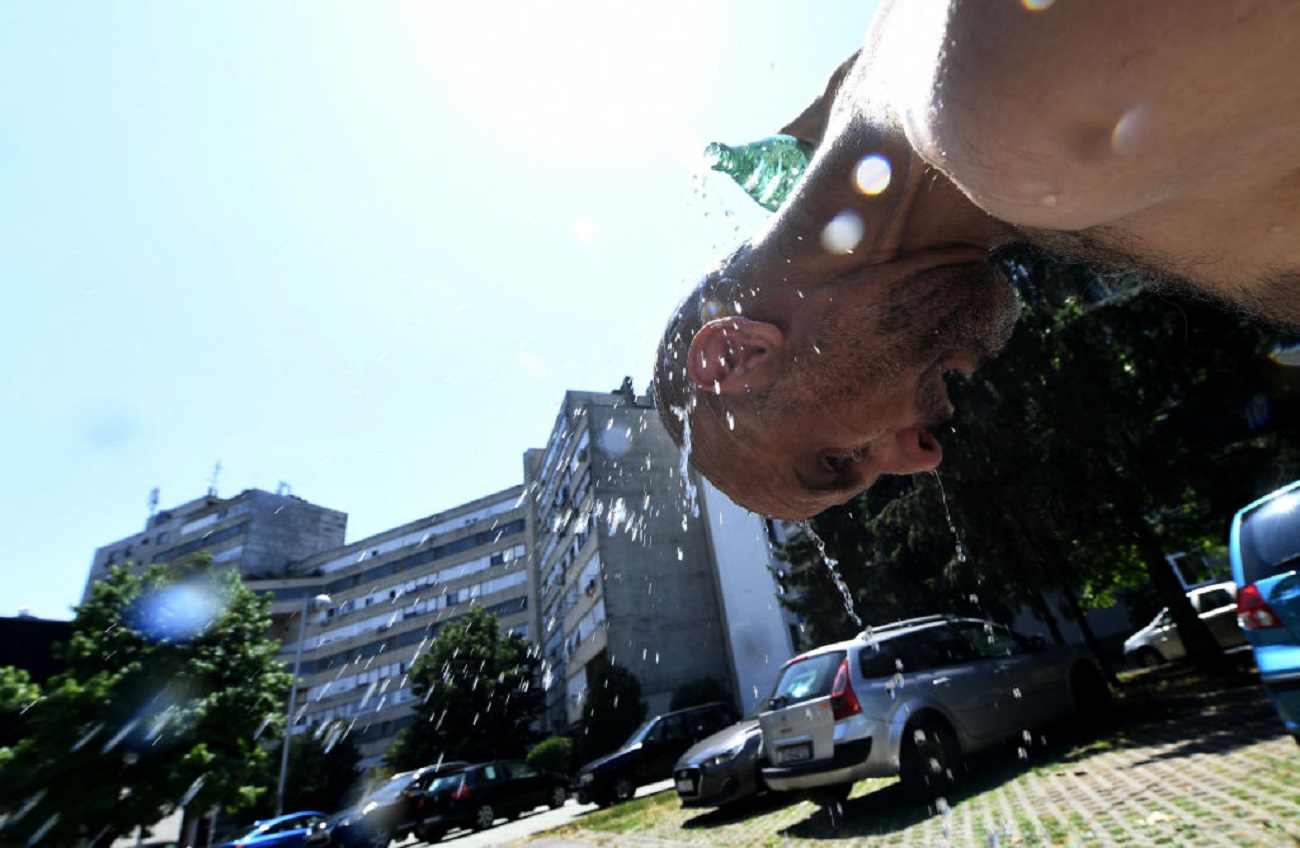As the heatwave intensifies in southern Europe, many homes do not have air conditioning
Air conditioning units in an apartment building in Shanghai on June 23. Qilai Shen/Bloomberg via Getty Images
The United Nations World Meteorological Organization (WMO) has warned that the “extreme heat” currently affecting much of southern Europe and the Mediterranean is expected to intensify by the middle of the week, and new records may be set. Many homes across Europe do not have air conditioning, even when temperatures exceed 37°C in parts of Italy, Greece and Spain.
Less than 10% of European homes have air conditioning, according to a 2018 International Energy Agency (IEA) report, the most recent agency data available. In total, the European Union accounts for only about 6% of global air conditioning units.
By contrast, about 90% of homes in the United States and Japan are equipped with air conditioners.
“Air conditioning is highly concentrated in a small number of countries, with two-thirds of all systems in use in just three countries: China, the United States and Japan,” the IEA said in the 2018 report.
IEA figures released in 2021 show that the United States accounts for about 20% of the world’s air-conditioning units and China accounts for 40% of the air-conditioning units, while the rest of the world accounts for 29% combined.
“In general, Europeans were less inclined to install air conditioning than their American counterparts until recently, although this is now changing with ownership of air conditioning equipment in Italy, Spain, Greece and southern France increasing rapidly in the past decade,” the IEA said in 2018. .
While the proliferation of air conditioning in the United States, China, and Japan helps those countries keep cool in hot weather, it also increases energy use and carbon emissions.
“The use of air conditioners and electric fans to keep cool accounts for about 20% of all electricity used in buildings around the world today,” the IEA said in its 2018 report. Population growth becomes more focused on warmer countries.
As the demand for air conditioners increases, European governments are trying to find ways to reduce costs and emissions.
The Italian government has implemented maximum cooling levels in summer and minimum heating levels in winter in all public buildings except hospitals. Meanwhile, last summer France imposed fines on shops that keep their doors open even when the air conditioning is on.
International Energy Agency figures for 2021 show global carbon dioxide emissions from air conditioning at 994 metric tons, mostly indirect emissions from electricity generation.
With an estimated 1.6 billion electrical air-conditioning units worldwide, and that number expected to triple by 2050, cooling technology could release enough greenhouse gas emissions into the atmosphere to cause temperatures to rise. 0.5°C by the end of the century, according to the Rocky Mountain Institute.
The International Energy Agency has indicated that investing in more efficient air conditioning units could cut future energy demand in half.
With previous reporting by CNN’s Eliza Mackintosh and Ivana Kotasova.

“Music buff. Social media lover. Web specialist. Analyst. Organizer. Travel trailblazer.”

:quality(85)/cloudfront-us-east-1.images.arcpublishing.com/infobae/TEQF6EONZRFGLLLDIDD4L2O4EE.jpg)

:quality(75)/cloudfront-us-east-1.images.arcpublishing.com/elcomercio/XU32LRAEZFDDPNVHLFU3CKVBYY.jpg)



More Stories
Sheinbaum, Galvez, Mainz campaign wrap-up, news and more
Sheinbaum and Mainz’s CDMX campaign wraps up: Road Alternatives and Street Closures
Ortega attacks Humberto Ortega and declares him a “traitor to the country”